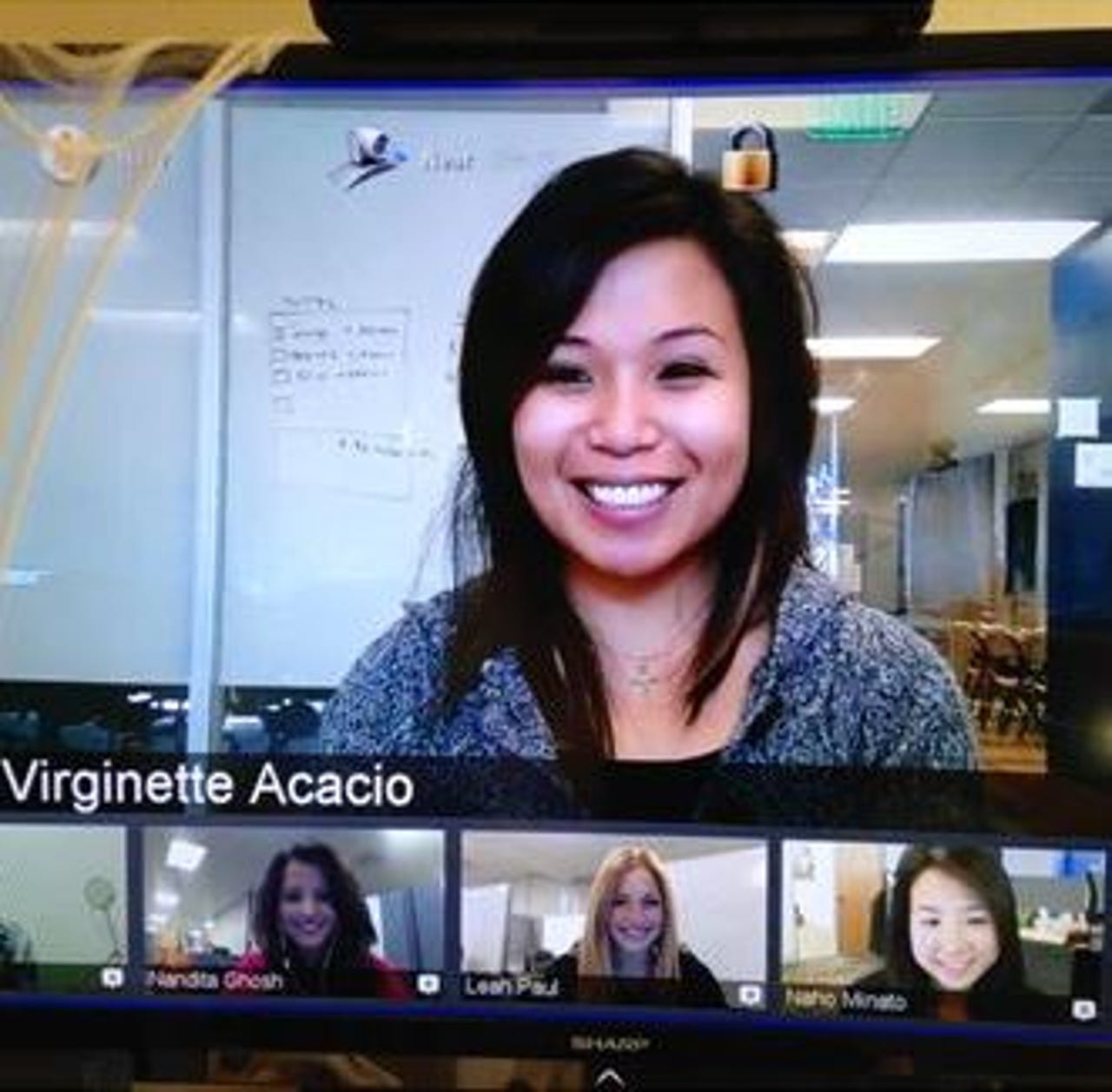How to have the best videoconferences


Eye contact is best
With a little pre-planning, creativity and incorporation of modern technology, meetings can be more than the bane of your work life but a key driver of workplace productivity.
Teleconferencing saves time and travel but poorly run teleconferences lose the human connection.
Studies show that making a visual connection improves communication and collaboration. With distributed teams and remote workers a visual connection can overcome the barriers of distance and help the team to bond.
Video enabled conferencing is a simple way to establish a visual connection when you can’t be face to face. Make sure you use video wherever possible to capture facial expressions and gestures.
Plan your meetings for success
A great meeting begins with a great plan.
Have a purpose for your meeting. Is the meeting to provide information, solve a specific problem, or work through tasks? Define your objectives for the meeting in advance and develop a tightly focused agenda. Provide the agenda to attendees in advance and set clear expectations.
Be smart about the timing of your meeting
When it comes to meetings, the time you host your meeting really matters.
Be strategic in picking the best time, date and place to make sure that your meetings are as productive as possible. Forget Mondays. They are filled with catch-up on emails and dealing with issues. Think about scheduling meetings later in the week. 61 percent of meetings take place on Wednesdays and Thursdays.
Plan your meeting for around mid-day, 49 percent of meetings take place between 10 a.m. and 2 p.m. This allows people to get their work done in the morning and afternoon. Evenings and weekends are not off limits but be careful about using these times. Respect people's time away from work.
Prepare for the meeting
Make sure you do not waste people's time.
Dump regular scheduled meetings that waste time and make sure your meetings have clear actions during the meeting that get results. Make sure that you distribute relevant information such as previous meeting minutes and project updates in advance of the meeting.
Allow meeting participants time to absorb the information ahead of the meeting. Make sure that all prep work is complete so that your meeting attendees show up ready to dive into the essential agenda items.
Get interaction
Grab attention by holding an engaging meeting.
To stop participants’ multi-tasking, reading email, or disengaging from the meeting, there are techniques you can use to keep their attention. Ask participants to use the shared whiteboard or vote on a pre-prepared poll. Encourage comments and annotations on slides or ask partipipants to add notes to the chat screen.
Giving participants an active part in the meeting every two minutes or so will keep them involved with the conference.
Hold video conferences away from the office
Get out of the conference room and hold meetings in non-traditional places.
Have a meeting in a park, museum or even a building lobby. The change of physical space can energize creativity and enhance collaboration.
You can still connect with remote attendees through video-enabled mobile devices – ask your attendees to pick a new spot where they can connect to the meeting as well. If you want to get things done really quickly you cold even hold a walking meeting.
Use the mute buttons
In large meetings it can be chaotic if several people talk at the same time.
Users should mute their lines when listening to the speaker and unmute only when it is their turn to talk. In presentation type video conferences the holder of the meeting should mute all participants to prevent noise distraction.
Turn off the "joining alert" when holding large conferences so that the first few minutes are not filled with the distracting beeps as latecomers join the session.
Connect from any device
True collaboration means that people need to connect whilst on the road, in the air and across time zones.
30 percent of meeting participants join meetings from video enabled mobile devices. Meetings held at night-time are all about the app. 25 percent more participants joining via mobile apps during the evening than during the working day.
Transform a meeting into a fact to face meet up by adding video to add sparkle and engagement. Video meetings can happen from any device and can help you to maintain relationships and maximize collaboration with your remote team.
Give everyone a voice
Makes sure that only those who need to be there are actually on the call.
People that do not need to be at the meeting can be briefed via email. This makes sure that you can fully optimize your time and get good engagement. Meetings should feel like a team effort.
Make sure that everyone has a role to facilitate engagement and participate. Make sure that all participants at the meeting have a voice.